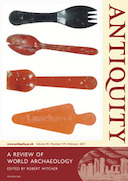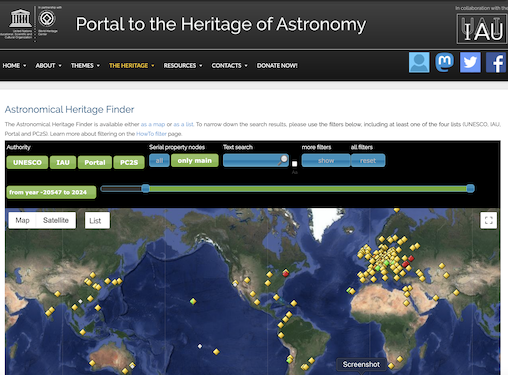A Welsh precursor to Stonehenge — and its solstitial alignment
Following years of explorations in the area of south-west Wales known to be the source of the Stonehenge bluestones, excavations in 2018 revealed the remains of a stone circle that may well represent “the original Stonehenge”. The work is reported in a paper published in the journal Antiquity.
Waun Mawn stone circle, in the Preseli Mountains, was built around 3400 BC—several centuries before the first stones were brought to Stonehenge—and then partly dismantled. The unusual shape of one of stone holes, and the chippings found there, match one of the Stonehenge bluestones, implying that this very stone that now stands at Stonehenge (and, very possibly, others as well) actually stood at Waun Mawn first. Added to this, the diameter of the Waun Mawn circle—110 m—matches that of the ditch that enclosed Stonehenge.
Isotope analysis of cremation burials at Stonehenge suggests that a significant proportion of those who built the first structures there around 3000 BC were incomers from south-west Wales, implying that the movement of bluestones to Stonehenge accompanied a significant uprooting of the population (rather than, say, being directed by influential chiefs already established in Wessex at the time).
A natural question is whether one of the most important features of Stonehenge—its solstitial alignment—reflected a connection with the sky that was already seen as important at Waun Mawn. The excavations at the Welsh circle revealed what appears to have been an entrance, formed by two stones laid radially. Measurements taken in 2019 showed that, as viewed from around the circle centre, the summer solstice sun would have been seen through the entrance to rise and then climb up in the sky. At Stonehenge itself the solstitial alignment was made more precise in around 2500 BC when the huge sarsen stones were brought to the site.

Top: composite picture with Mike Parker Pearson marking the position of each of the entrance stones as seen from a vantage close to the circle centre. Bottom: a digitally-generated horizon profile by Andrew Smith showing the path of the rising summer solstice sun at the time of construction, with the entrance stone positions marked.















 If you are looking for things related to Alice and/or information about stalking, please visit the
If you are looking for things related to Alice and/or information about stalking, please visit the